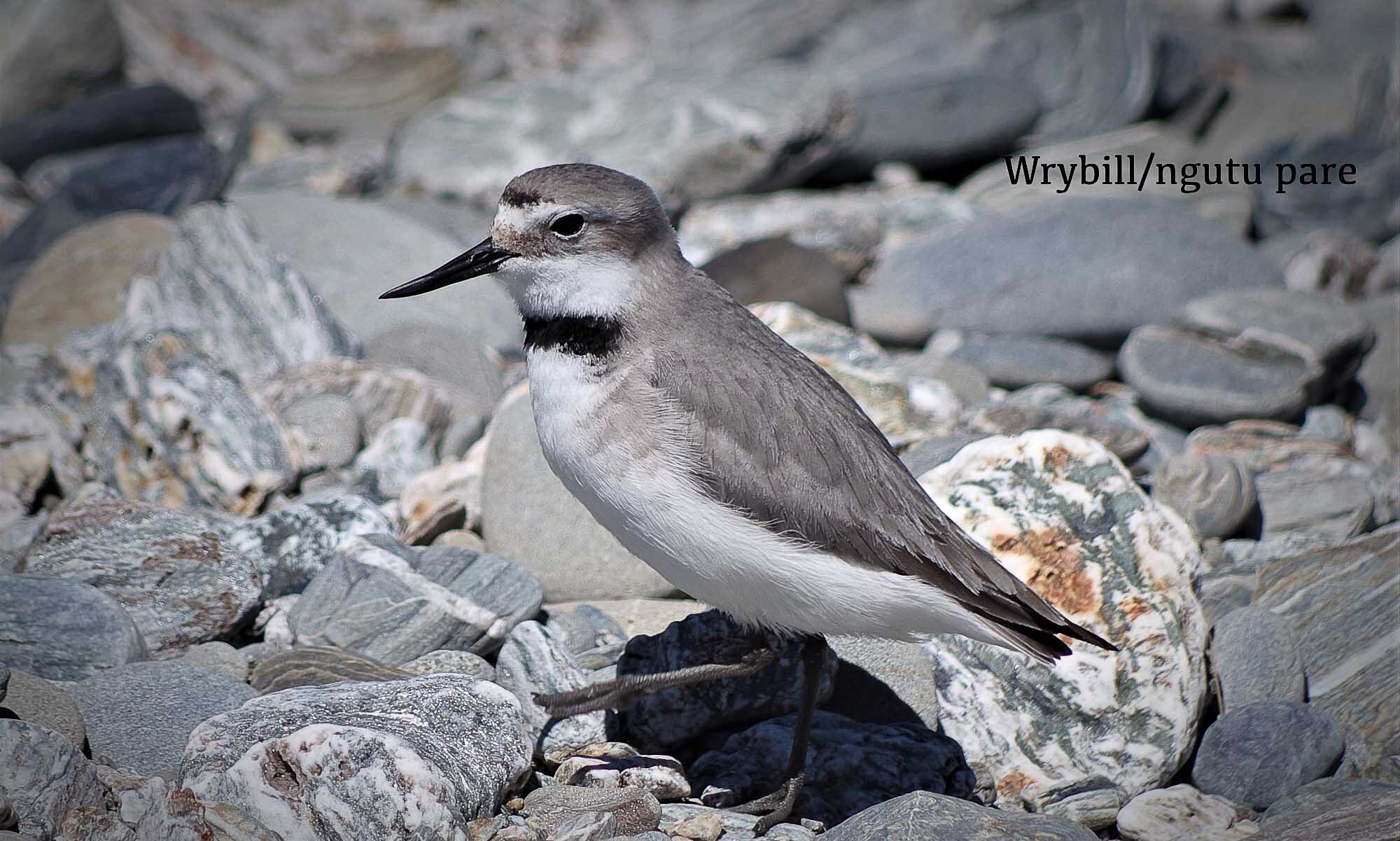With this seasons work programme in full swing, spring 2019 marks the installation of ABT’s upper river predator control for whio or blue duck (Hymenolaimus malacorhynchos) protection within the Siberia Valley and the Wilkin Valley. This follows previous walkover survey work with the aid of a protected species dog specifically trained in the detection of whio; New Zealand’s ancient waterfowl species, an important part of Makarora’s indigenous taonga.
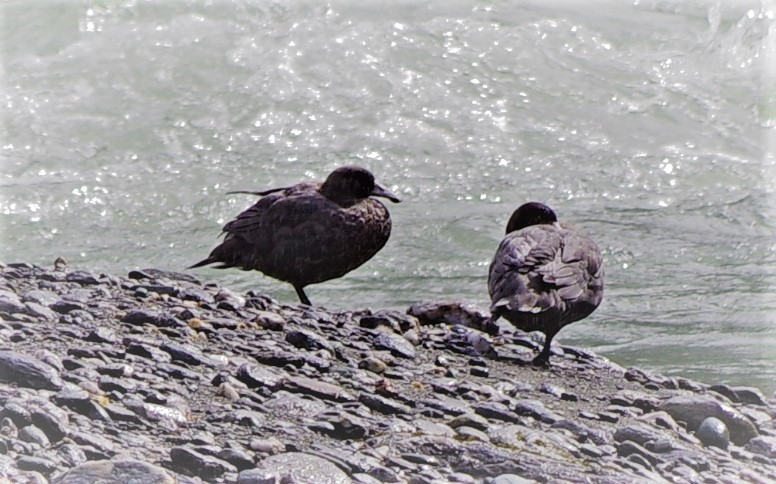
Here remnant populations of whio still remain however numbers are low and fledgling survival is limited by the presence of invasive predators such as stoat and rat. This can often lead to a sex ratio imbalance as females tend to be more vulnerable when nesting and during moult. The new trapping networks join up with alpine trap lines to help extend invasive predator coverage for this globally endangered species.
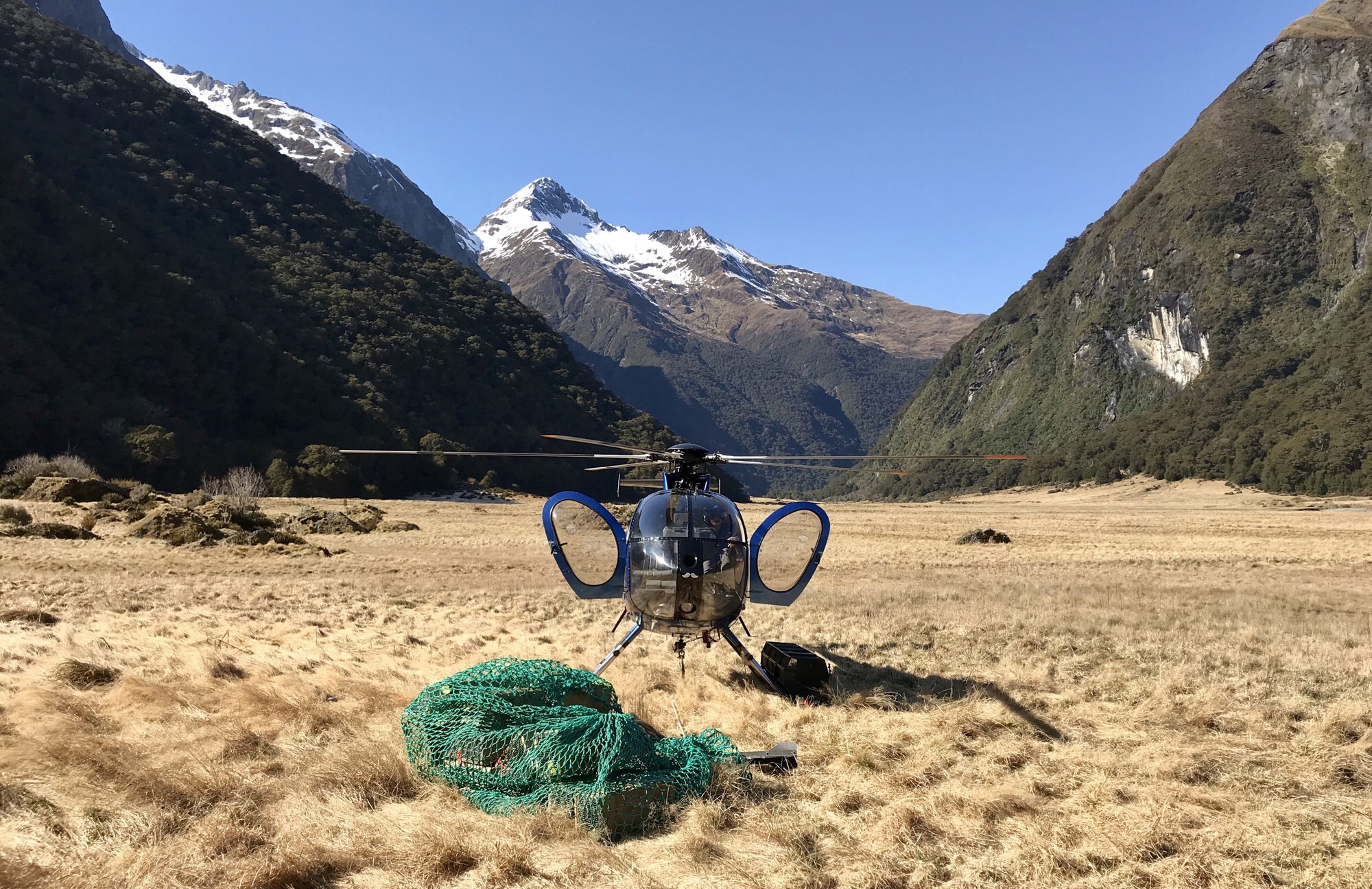
Spring is also the time to resume alpine predator control operations for rock wren and kea protection. New traps added and a number of stoats, and rodents had been caught over the winter months despite not all traps being accessible at higher levels due to the amount of snow still present (these traps will be serviced next visit).
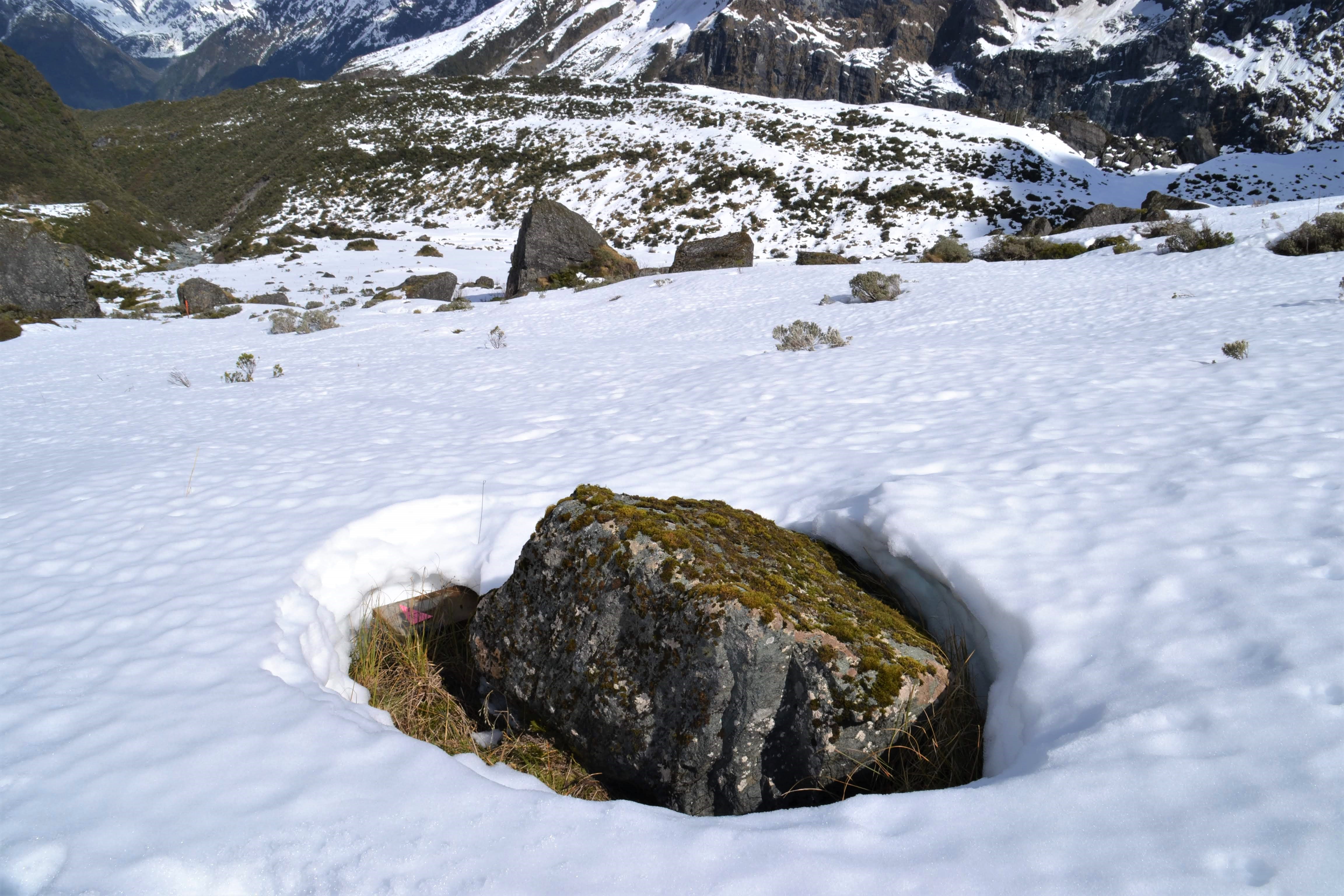
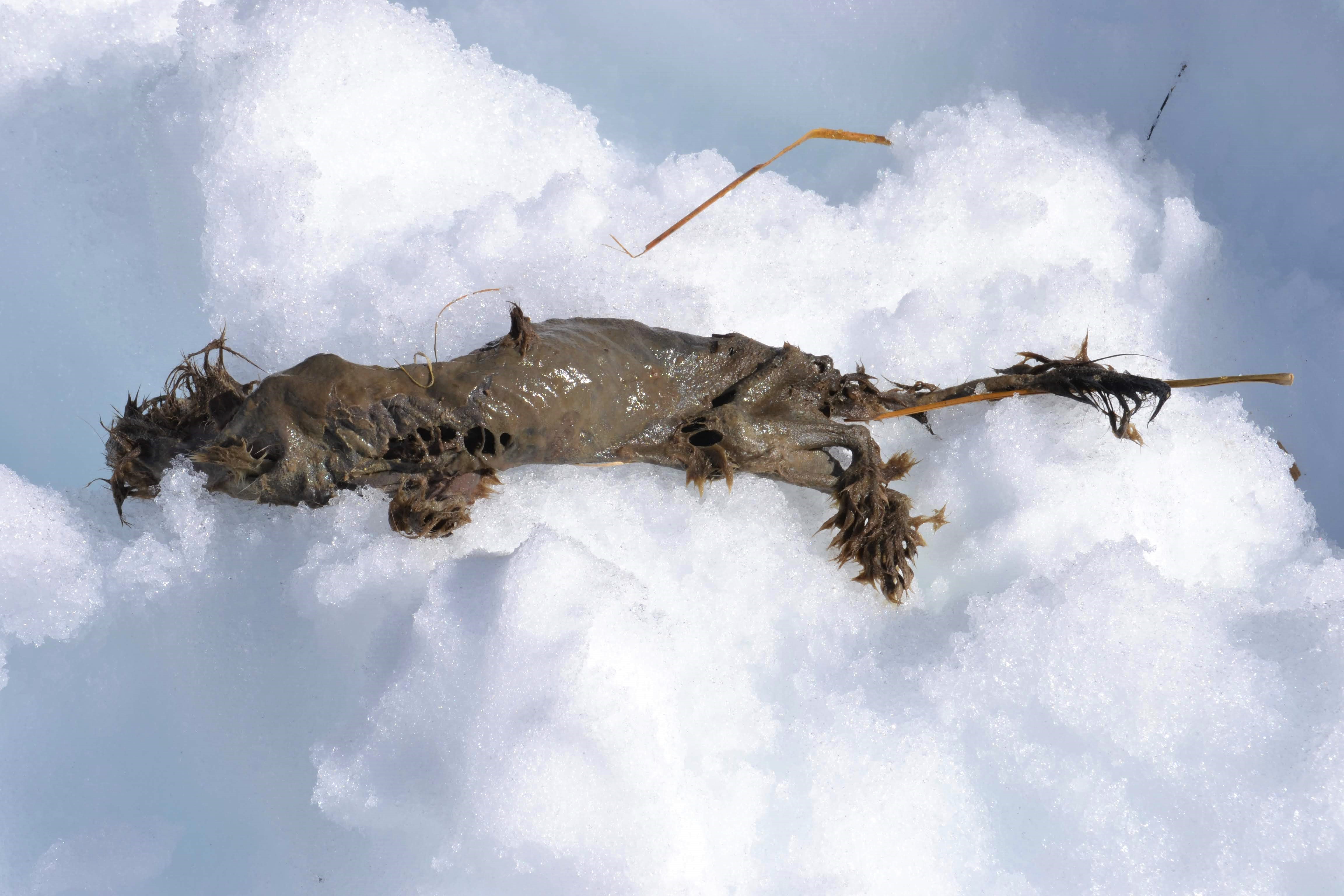
Rock wren pairs were active at the Crucible Basin but all was quite in the upper Wilkin Valley (where snow cover heavier) suggesting that this population may not of yet stired from their winter torpor. Kea were heard calling above the Siberia Valley and one in the upper Wilkin.
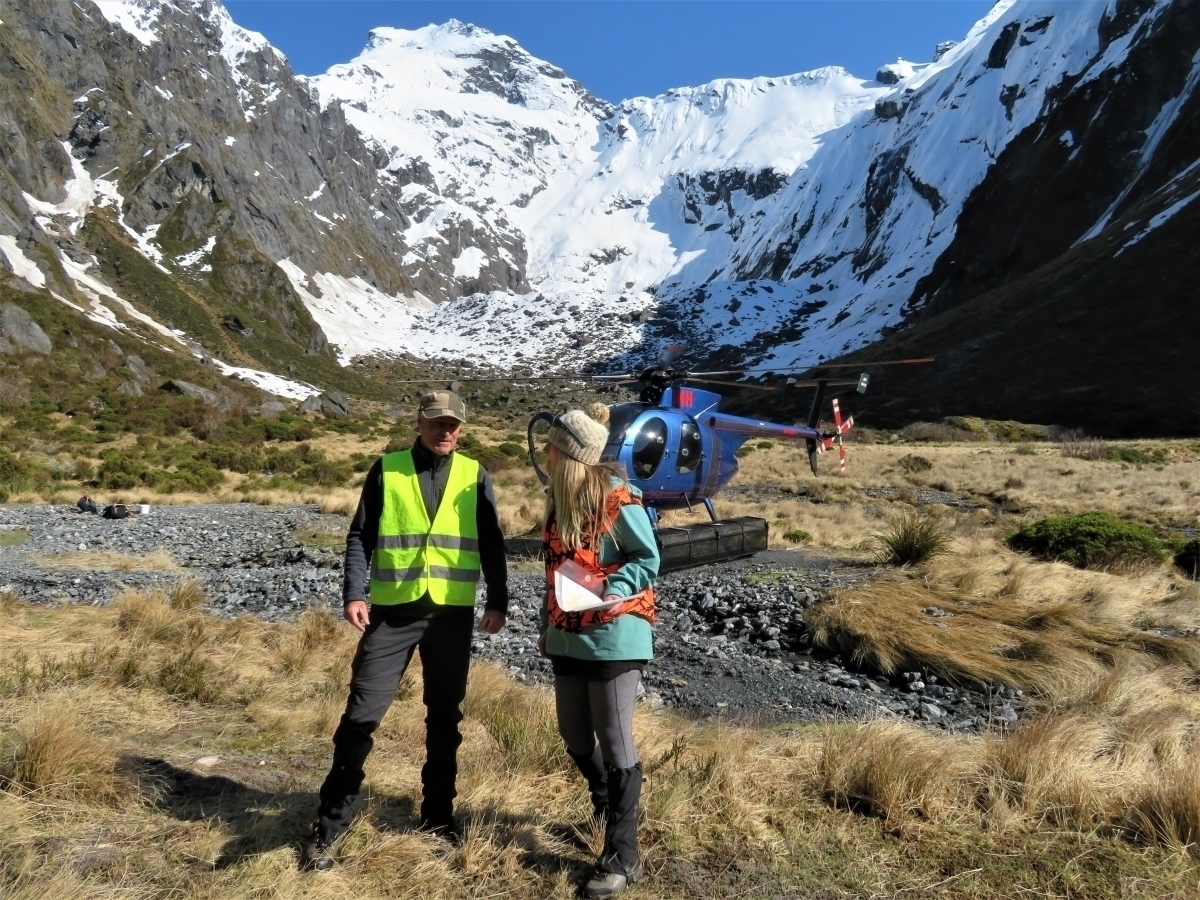

Back in the lower river valleys of the Makarora and Wilkin, braided river birds have returned and are starting to nest again. ABT braided river invasive mammal predator control continues on a monthly basis throughout the year with the help of regular volunteers. Stoats, rats, hedgehogs and feral cats are being reduced to help improve fledgling success of endangered birds such as black-fronted tern, wrybill and black-billed gull. The Southern black-backed gull is a avian predator of endangered braided river birds and their chicks. Adaptive management of this species is due to progress this season also.
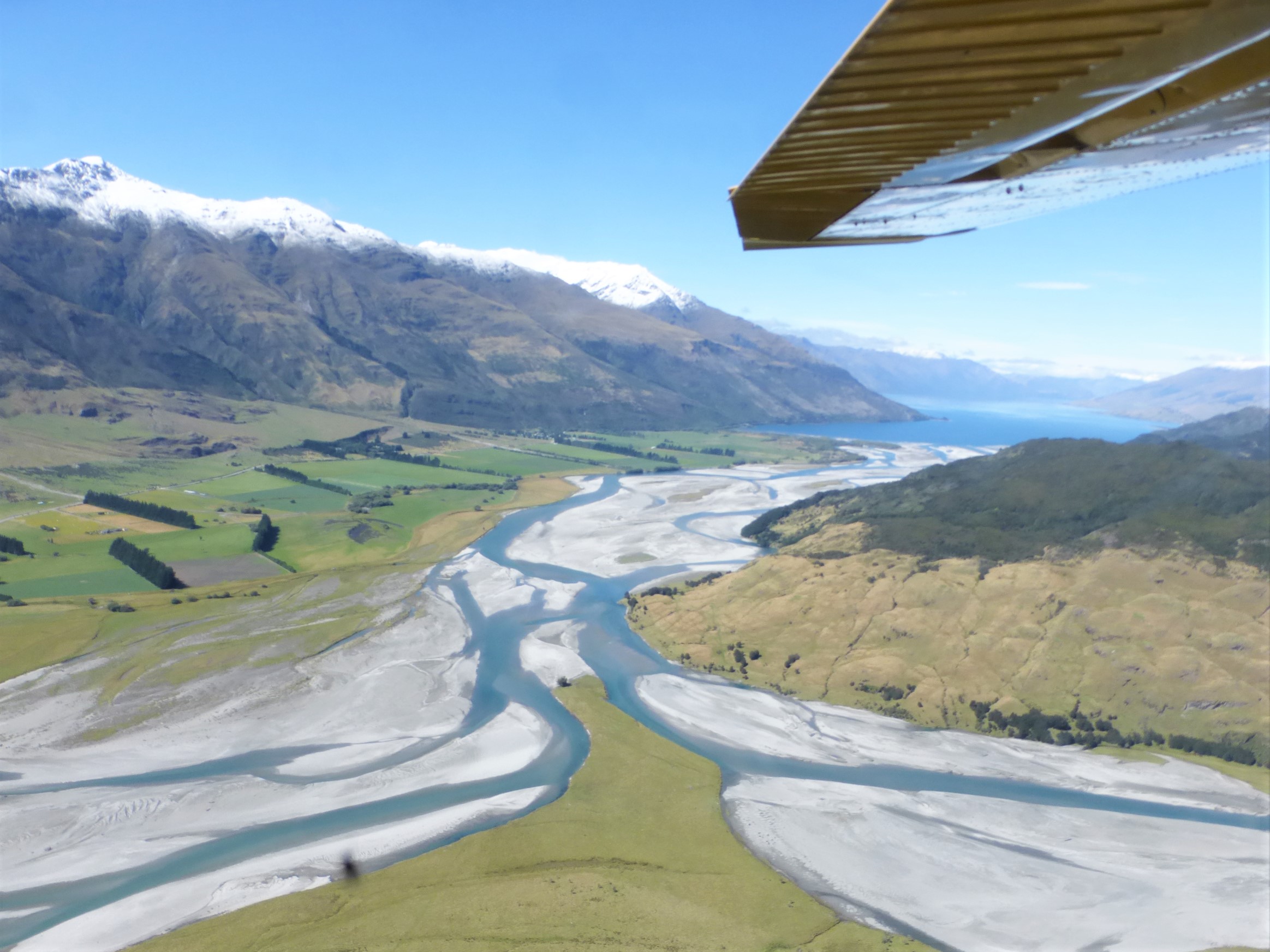
Acknowledgements
With thanks to all our volunteers, funders, partners and supporters 🙂
